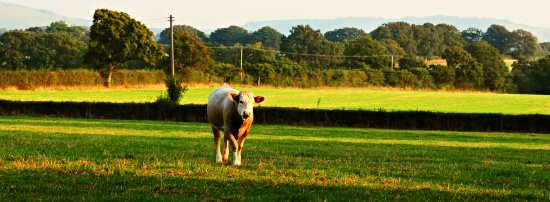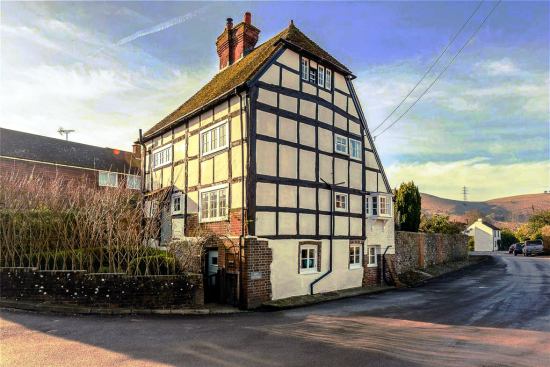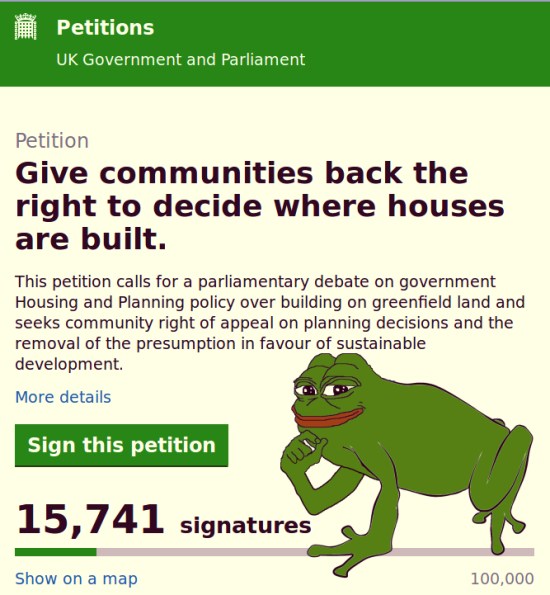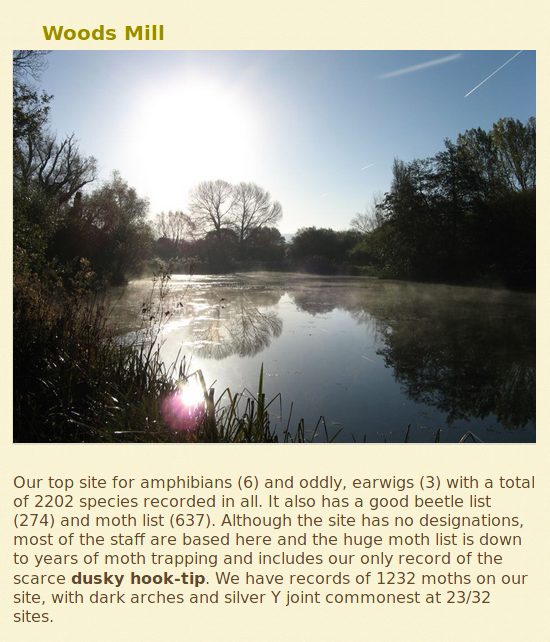Latest News of Local Interest
Thirty year anniversary: A Walk .. restored
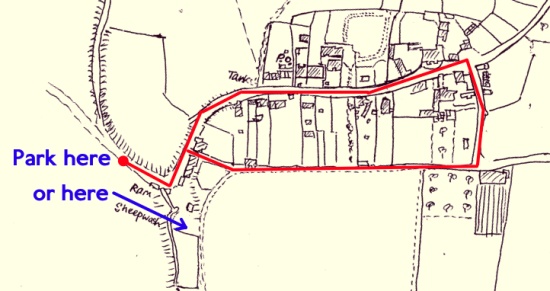
Villagers who arrived in Fulking too late to visit the shop can now help themselves to a free PDF copy of Stuart Milner’s sixteen page pamphlet A Walk Down The Village Street In Fulking thirty years after it originally went on sale there. If you ever have house guests that you don’t know what to do with, then cramming a paper copy into their hands should keep them out of your kitchen for at least an hour. The corresponding web page has also been rejuvenated and now has links to other relevant historical material on the website. Click on the map above for all the details.
[Thanks to Gill Milner, Clive Goodridge and Tony Brooks for their help with this restoration project.]
Two new local history posts
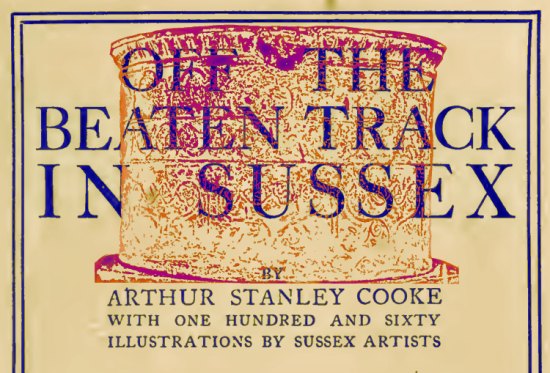
Lead fonts are extremely rare — there were just thirty left in England in 1909. The churches at Edburton and Pyecombe each have one, probably created in the Norman era by the same craftsman. Lewis André and Lawrence Weaver will tell you what is known about them.
Arthur Stanley Cooke also enthuses about the font at St. Andrew’s in the course of his erudite report of a circular walk that he took in the very early years of the twentieth century, starting at the Dyke Station and taking in Poynings, Fulking and Edburton. Fulking did not detain him long but his enthusiasm for Edburton is obvious.
Bobservation 28 – The Census
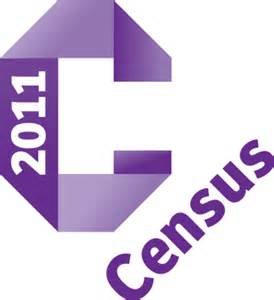 Our knowledgeable and interesting village web site gives details of the census data for Fulking in 2011. I appreciate that this is some 6 years old now but I find some of the information quite fascinating.
Our knowledgeable and interesting village web site gives details of the census data for Fulking in 2011. I appreciate that this is some 6 years old now but I find some of the information quite fascinating.
Fulking had 137 dwellings of which 130 are considered households. Of these households 10 had one bedroom, 25 had two bedrooms and 45,32, and 18 had three, four and five bedrooms respectively. Five had no central heating and six relied on solid fuel.
Flats numbered 7, terraced households 7, semi-detached 40 and detached were 76. All households had at least 3 rooms and 29 had 9 or more rooms. Vehicles per household were nil in 7 households, one in 36, two in 68, three in 13 and four+ in 6 households. 53 households were owned outright and 51 were subject to a mortgage or loan. 19 rented from private landlords, one was rent free.
The oldest villager was aged 97 and the next oldest was 91 and then there were two aged 90. Ten were aged 47 as were those aged 56, these were the highest for any age group. One was less than 1 year and three were aged one. Of the 303 residents, 272 were born in England, 4 in Germany, 3 in Kenya, 3 in the USA and 3 in Hong Kong.
Christians numbered 184, no religion 90, two were Hindu and one a Buddhist, there were no Jewish or Moslem residents, although 24 residents did not state a religion. No one lived in a Commune or was sleeping rough. 27 residents had a second address and of these 15 were outside the UK. Females numbered 161 and males 142.
This is just a selection from the very extensive web site and I hope is of as much interest to you as it was to me.
Sloe Gin

Sloe Gin and Homemade Liqueur Competition: Monday 6th February, Royal Oak Poynings (Village Night — table reservations advisable). Entries in by 8:00pm (a jam jar will do), £1.50 per entry (2016/2017 fruit only). Two categories:
(i) Poynings — Sloe Gin Cup and prize for best liqueur (fruit+spirit);
(ii) Foreigners — Fulking, Newtimber, Pyecombe, and Woodmancote.
Two new local history articles
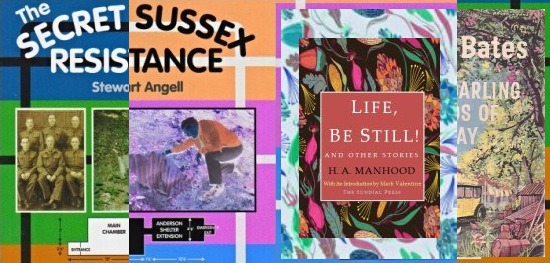
Following an eighteen month furlough, we are pleased to announce the publication of two new local history articles on this website: a guest post by Stewart Angell, author of The Secret Sussex Resistance, on the role that Tottington Manor played as the headquarters of the Sussex Auxiliary Units during WWII; and a new post by Tony Brooks on the rather complex architectural history of the Oldwood site with some extra material on the two major 1930s literary figures who lived, or lodged, there.

